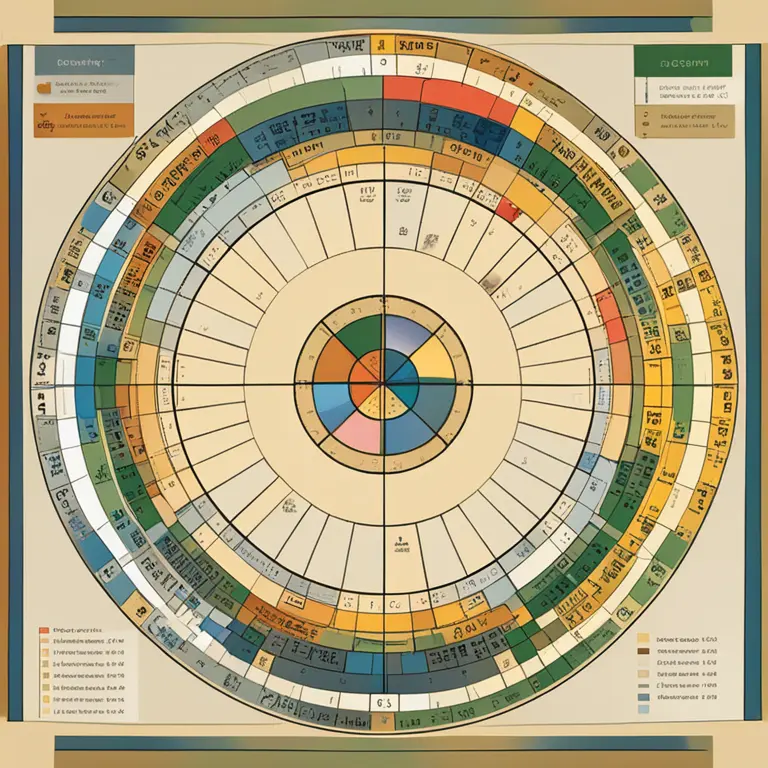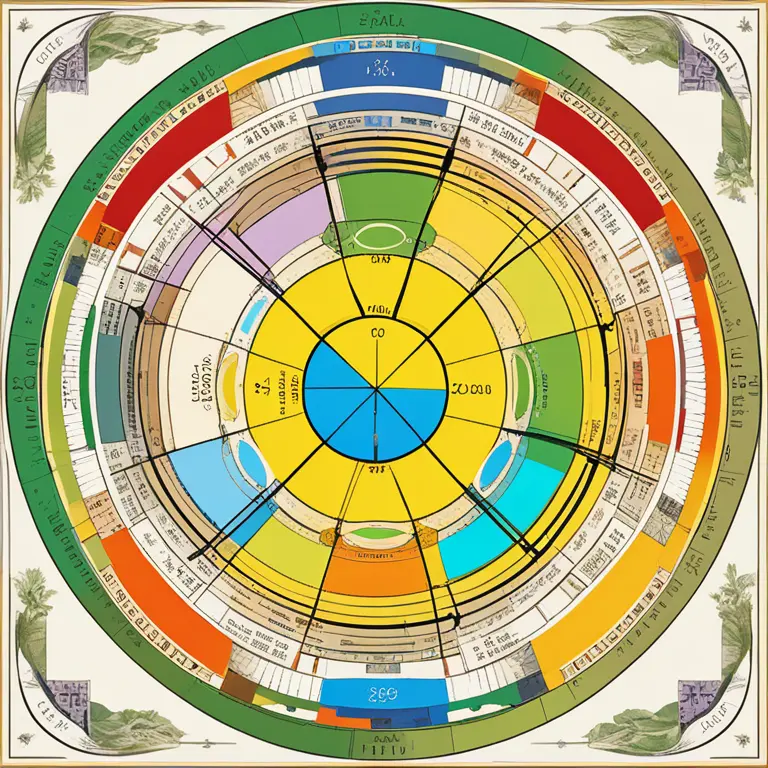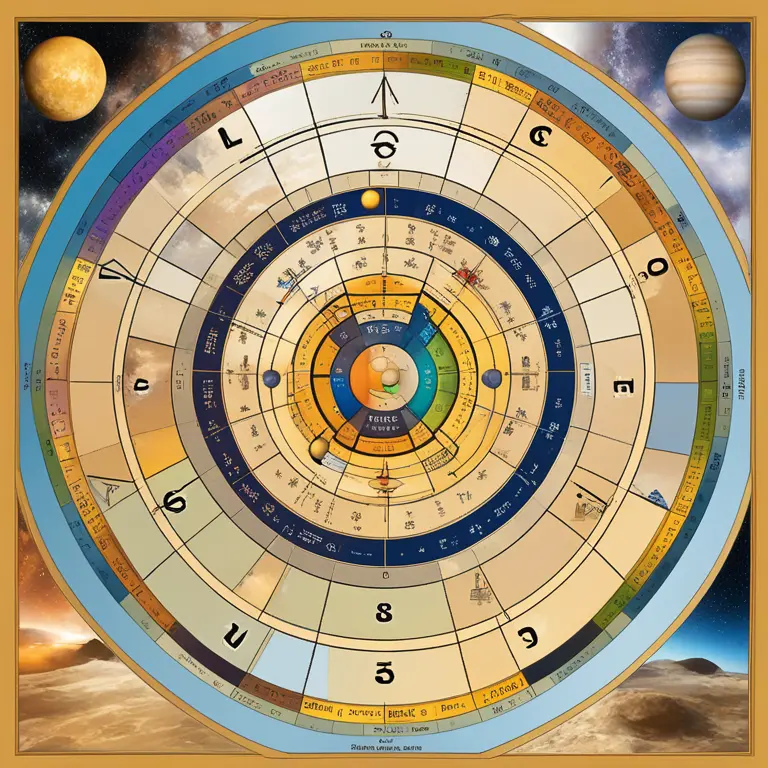
The Essentials of the Birth Chart Equal House System
Discover how the Equal House system enriches astrological readings by allocating equal space to each house in a natal chart.
article by Priya Deshmukh
Introduction to Equal House System
The Equal House system is a time-honored approach in astrology, dating back to ancient practices. Unlike other house systems which can have varying house sizes, the Equal House system is characterized by its symmetrical division of the celestial sphere. Each of the twelve houses receives an equal 30-degree segment of the ecliptic, ensuring a balanced emphasis across all areas of life. This method roots in the principle of equality, where no aspect of life is naturally emphasized over another through larger houses. Thus, it allows astrologers to provide more uniform interpretations.

Constructing the Equal House Chart
To construct an Equal House birth chart, astrologers begin at the Ascendant, the point on the ecliptic that is rising on the eastern horizon at the moment of birth. From there, the first house cusp is established, and subsequent houses are calculated at 30-degree intervals. As a result, the Midheaven may not coincide with the cusp of the tenth house, as it does in some other systems, offering unique insights. This system respects the geocentric perspective, mirroring the even distribution of experience and opportunity in an individual's life.

Advantages in Interpretation
Astrologers appreciate the simplicity and clarity that the Equal House system affords them. This method provides a straightforward framework to articulate the energies of the planets and the zodiac signs as they interface with each area of life. Its uniform structure is particularly beneficial for understanding the modality and elemental balance in a chart. With the Equal House system, houses, which represent various aspects of life such as identity, wealth, communication, and relationships, are evenly approached, allowing for an analysis that is both equitable and comprehensive.

Equal House System vs. Other Systems
The Equal House system is one among several, such as the Placidus or Koch systems, which are known for their more complex calculations based on time and location. These systems can result in varying house sizes, which some astrologers argue can disproportionately weight certain life areas in a reading. The Equal House system's straightforward approach is seen as a way to democratize natal chart readings, granting equal importance to each of the twelve houses. This makes the system particularly appealing in our modern era, where equality and balanced representation are highly valued.

Modern Usage and Adoption
In the year 2024 and beyond, the Equal House system continues to be a valuable tool for astrologers, especially as the field becomes more digitized and global. Online platforms and astrological software often include this system as an option for creating natal charts, acknowledging its place in the contemporary astrological repertoire. As people worldwide explore astrology's rich traditions, the Equal House system’s clarity and fairness resonate with a diverse, equality-minded audience.
Criticisms and Counterpoints
While the Equal House system is favored for its simplicity, it is not without its critics. Some argue that it fails to account for the earth's tilt and the varying lengths of solar days, potentially oversimplifying celestial influences. However, proponents counter that the system's beauty lies in its ability to remove confusion and complication, framing an individual's life experiences through an egalitarian lens that is both symbolic and insightful.
Published: 1/22/2024
Modified: 1/23/2024
More predictions
Come back here soon to learn more about yourself and your future


Birth Chart Compatibility: Insights for Relationships
Discover how birth charts reveal the cosmic chemistry between individuals, guiding you towards a harmonious connection.


Birth Chart: The Essence of Your Cosmic Blueprint
Delve into the cosmic blueprint of your personality through the intricate details of your birth chart in modern astrology.


Your Birth Chart Explained: A Cosmic Insights
Discover the significance of your birth chart in astrology, providing insights into personality, life path, and potential through planetary positions.